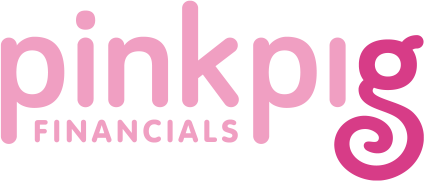The best kind of clients are the ones that pay for our nice hotel and cheeky McDonald’s breakfast, right? We would never take the mick, but there are times where it is appropriate, and agreed with the client beforehand, that our expenses incurred will be recharged to them, along with the cost of our services.
It can be a little tricky to navigate how to invoice these things – will it affect my profit and corporation tax bill? Will I end up paying VAT on a client’s expenses and lose out? Check out our quick guide below, so that every time you recharge, you can be confident that it’s fair on everyone.
The first thing we need to do if to define what is an ‘expense’ and what is a ‘disbursement’. This is important because they are treated very differently. A disbursement is a direct cost that has been paid by the business but solely on behalf of the client.
For example, a solicitor may pay the court fees on behalf of the client, a web designer may pay for the domain name of a client’s website, or a mechanic may be the one who purchases the parts to fix a vehicle.
In this case, (here’s the important part!) it is solely the client who has benefitted from the purchase. Therefore, it’s a simple case of charging the exact amount you have paid to the client.
Something is viewed as an expense if it is something that you have had to purchase in order to supply the service to your client, such as a hotel for an overnight stay near the job, a train ticket or a working lunch. If you are VAT registered, you need to charge VAT on expenses recharged to the customer, just as you do on the cost of your sales. This applies to ALL recharged expenses, regardless of whether or not the original purchase had VAT on it (if it did, you’ll be able to claim this back, as normal). A good example of this would be when claiming mileage. The allowable claim is 45p per mile or petrol, diesel, or hybrid vehicles, and 4p per mile for electric vehicles. Whilst your mileage claim itself cannot have any VAT on it, when you are charging it back to your customer, you will need to add on the additional 20%.
If you have a mix of both VAT and non-VAT expenses to recharge to the client, here’s a simple way to help you ensure you’re doing it right.
On your invoice include the pre-VAT amounts of all purchases. Find the total of all of that, and then add the additional 20%. Again, regardless of the amount of VAT paid or not paid on the original purchase, if you are a VAT registered business and you are recharging expenses, they all must have 20% VAT added on.
Finally, you will never lose out by recharging disbursements or expenses to clients, as long as you do so correctly! If the original purchase has been dealt with correctly in your books – coded to disbursement or expense, had the right VAT treatment – then what you receive back form the customer will always equate, and will not affect your profit and therefore corporation tax at year end.
Always remember that there are 2 sides to this equation – the expense that your business has paid out, and then the reimbursement from the client. So, if you are claiming mileage back from the client, it needs to go through as an expense paid to yourself. If you have had to stay at a hotel overnight, you will need to pay for that first through the business, and have it coded correctly, to ‘travel’, for example.
As always, if you have any further questions on this, or anything else, you can always reach out to us, by emailing directly if you’re already a client, or by filling in the Work With Us form on the PPF website.

